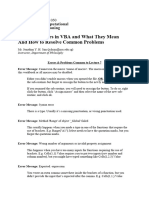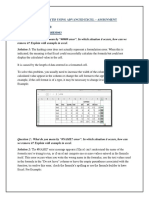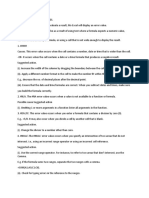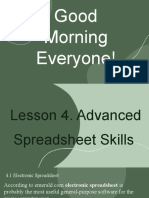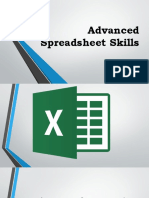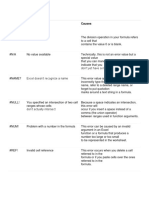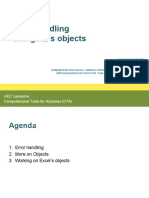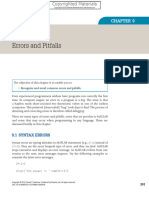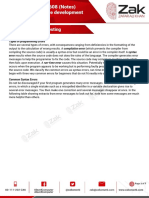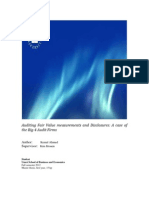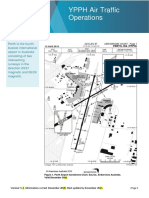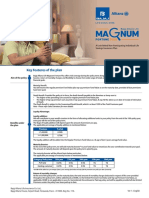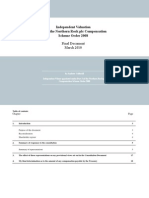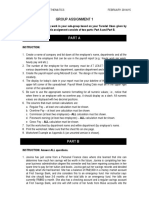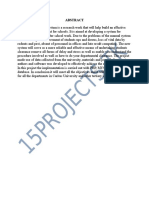0% found this document useful (0 votes)
25 views14 pagesError Handling
This article discusses error handling in Power Apps, emphasizing the importance of managing errors to ensure app functionality despite unexpected issues. It explains how to detect, report, and handle errors using various functions like IfError and App.OnError, providing examples of how to implement these strategies in a Canvas app. Additionally, it covers error propagation, observation, and reporting, highlighting the differences between handling errors in Power Apps compared to Excel.
Uploaded by
Desert WolfCopyright
© © All Rights Reserved
We take content rights seriously. If you suspect this is your content, claim it here.
Available Formats
Download as PDF, TXT or read online on Scribd
0% found this document useful (0 votes)
25 views14 pagesError Handling
This article discusses error handling in Power Apps, emphasizing the importance of managing errors to ensure app functionality despite unexpected issues. It explains how to detect, report, and handle errors using various functions like IfError and App.OnError, providing examples of how to implement these strategies in a Canvas app. Additionally, it covers error propagation, observation, and reporting, highlighting the differences between handling errors in Power Apps compared to Excel.
Uploaded by
Desert WolfCopyright
© © All Rights Reserved
We take content rights seriously. If you suspect this is your content, claim it here.
Available Formats
Download as PDF, TXT or read online on Scribd
/ 14


